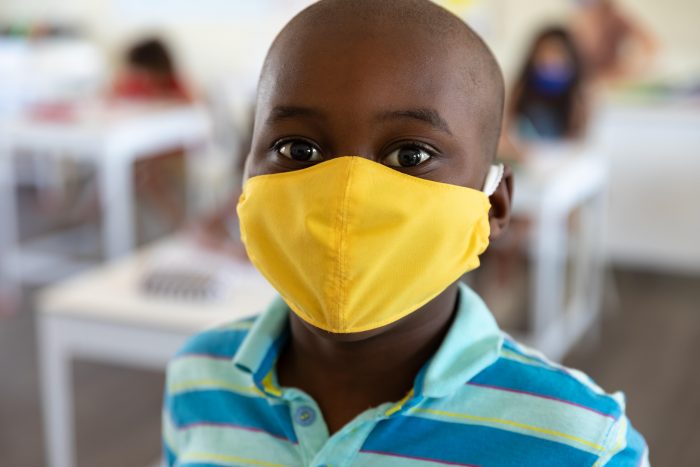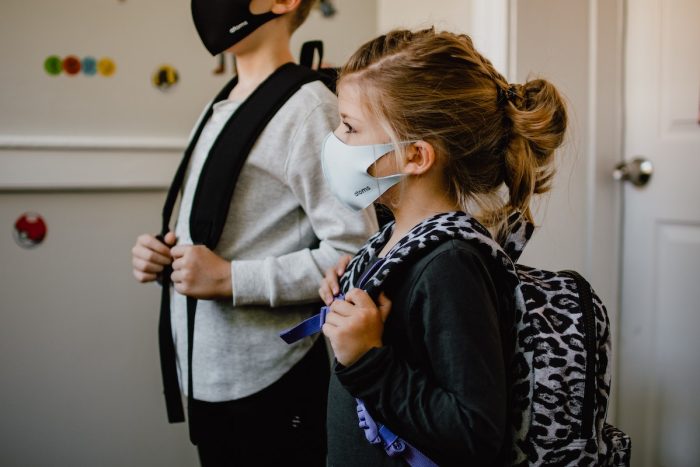
Hopefully, at least one of the reasons you became a primary care provider (PCP) is a desire to assist patients with all aspects of healing— including from trauma. Currently, there is a critical need for trauma to be addressed globally, whether it be physical, emotional, psychological, cultural, or organizational. As trauma is directly correlated with both somatic complaints and long-term health outcomes, those in the healthcare field should make learning about trauma a priority. A trauma-informed care (TIC) approach recognizes it is likely that an individual has experienced trauma. While the TIC approach challenges the PCP to identify ways trauma impacts a patient’s health, it does not stop with the patient. To be effective, the TIC approach must be extended to all aspects of a PCP’s role. More specifically, the TIC approach should also be used with staff and subordinates as well as with patients and their families. Traumatic experiences are not limited to deeply distressing or disturbing single experiences. Instead, trauma must be viewed through the lens of the patient’s family, community, and healthcare and government institutions. In other words, understanding trauma requires an understanding of cultural factors. Culture is a silent participant in every interaction, but due to our implicit biases we do not always hear the relevant aspects of culture. Since directly addressing trauma and bias is often perceived as time consuming, some PCPs may not be motivated to focus on these issues, especially when there are so many demands for their attention. However, if a medical team does not address trauma and bias directly, patients may not feel understood, or they may feel as if these issues are taboo and inappropriate to discuss. Ultimately, discomfort may make patients less likely to follow through with their PCP’s recommendations. The knowledge of trauma and bias must be integrated into patients’ care in order to achieve the best long-term health outcomes.
A fast-paced medical setting needs a systematic approach to integrating this knowledge into healthcare practice. More specifically, PCPs should (1) be aware of trauma and bias (b) investigate how trauma and bias manifest, and (3) reduce the impact of trauma and bias on the individual, staff, and patients. Each of these three areas has specific recommendations for TIC implementation. Awareness of Trauma and Bias The PCP is the tool by which patients access healthcare. In order to provide the best care, PCPs must accept that, just like everyone else, they have (a) biases related to their culturally held assumptions and values; (b) attitudes related to cultural identities (e.g., race, ethnicity, sexual orientation, gender, etc.,); and (c) worldviews, which include their political, health, religious, financial, and moral values. While people are inundated with bias, prejudice, and racism in the news, social media, and their communities, workplace discussion of religion, politics, race, or other cultural issues has generally been viewed as inappropriate and unprofessional. As a result, many physicians have traditionally been silent on these matters. Recently, ignoring occurrences of bias, prejudice and racism has begun to be interpreted as acceptance, endorsement, and collusion. While many medical providers may wish medicine operated in a culture-blind way, social determinants of health make it clear that people cannot be disentangled from culture. Investigation of Manifestations of Trauma and Bias PCPs must interpret patient and staff behavior as relevant, and recognize that behavior is often related to trauma and history. When a person perceives a situation as stressful or traumatic, fight-flight-freeze-fawn responses occur. These automatic responses, controlled by the brain’s autonomic nervous system, aim to keep the person safe. Depending on personal and cultural experiences, fight-flight-freeze-fawn responses manifest as affective, behavioral, cognitive, and physical reactions. The process of being activated by trauma can be disorienting, frustrating, and overwhelming. To cope with being triggered, people attempt to minimize the importance of the trigger, overcompensate for it, or become defensive and hypercritical. These coping responses occur in all humans, including PCPs, staff and patients, and often result in conflict, dissatisfaction, frustration, and less effective clinical practice. Reducing the Impact of Trauma and Bias Research in TIC makes it clear that time does not heal all wounds. Knowledge of epigenetics and the impact of historical, generational, and individual trauma is critical. More specifically, an awareness of trauma and bias, as well as an understanding of how it manifests, prepares a PCP to provide appropriate interventions that will reduce the impact of trauma on self, staff, and patients.
Navigating trauma and bias can be exhausting. Over time, being triggered can lead to presenteeism, high turnover, a tense work environment, and burnout. PCPs must explore ways to build self-resiliency, and balancing self-soothing activities (things that make you feel better) with self-care activities (tasks that help you grow and prevent harm) is a vital part of this process. Next, a PCP must consider how to reduce the impact of trauma and bias on their medical team by: acknowledging to subordinates that even the most well-intentioned person has bias; making it clear that they will not collude with bias by ignoring it or treating it as a joke; and assuring staff that they will act as an ally when patients express trauma in ways that may harm the staff. For instance, if a patient calls a staff member a racist or sexist name, the PCP can advocate for the staff member by telling the patient, “this is a space of respect,” inviting staff to process how they are feeling, or suggesting that the staff member take a break to recover from being aggressed upon. To practice in ways that are trauma-informed and bias-reducing, the PCP must: (1) ask patients about trauma and bias experiences; (2) teach patients about the impact of trauma and bias,;(3) provide appropriate resources and referrals; and (4) follow up on any previously discussed trauma or bias at the next visit. Trauma and bias do not develop over a matter of days, weeks, or months. Consequently, reducing its impact takes time. However, with a systematic persistent approach, a PCP can be one of the best sources of bias reduction for both patients and subordinates.
Child

Child
